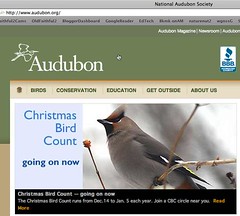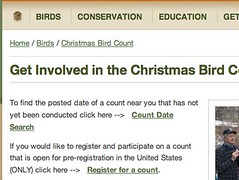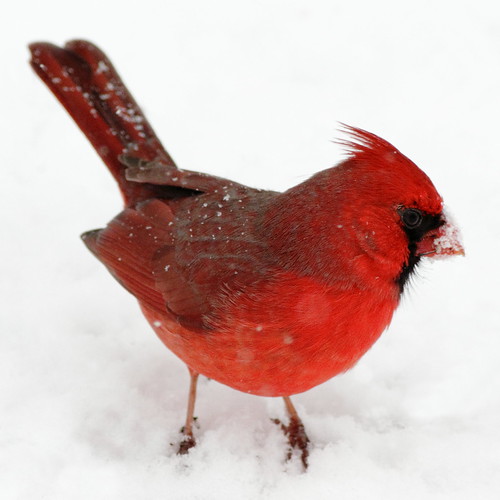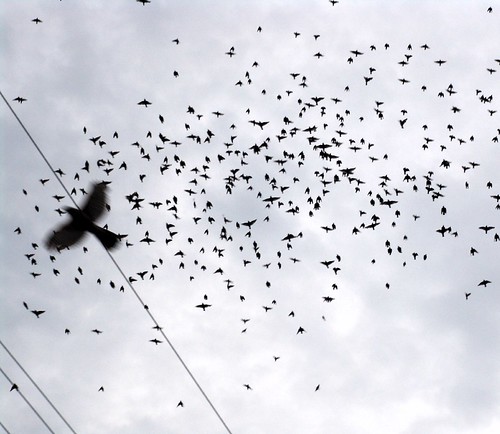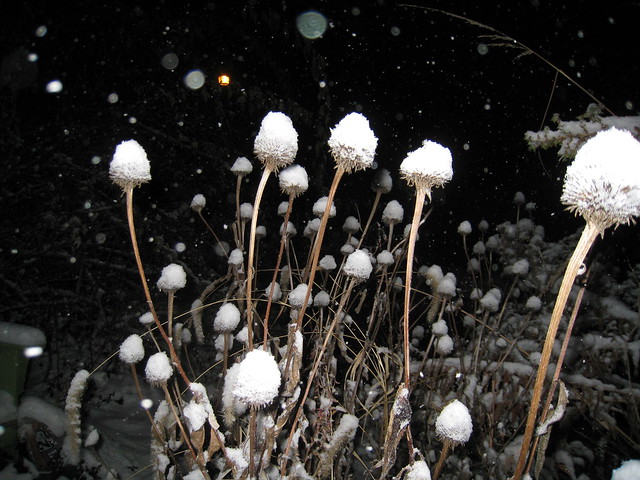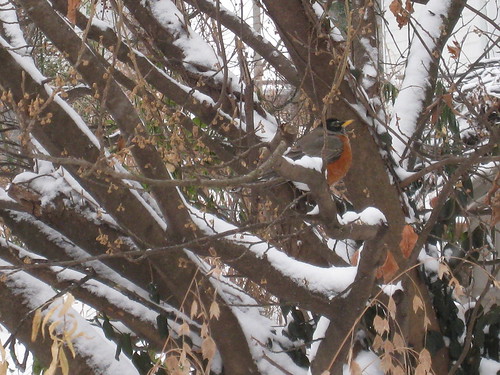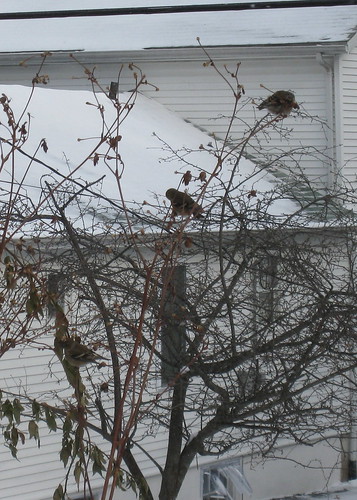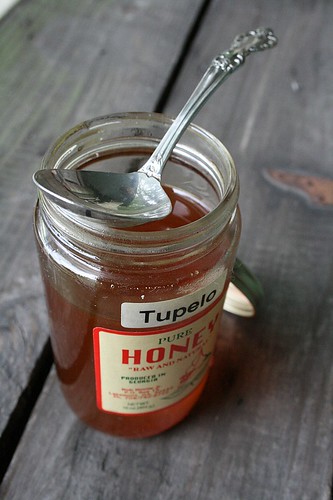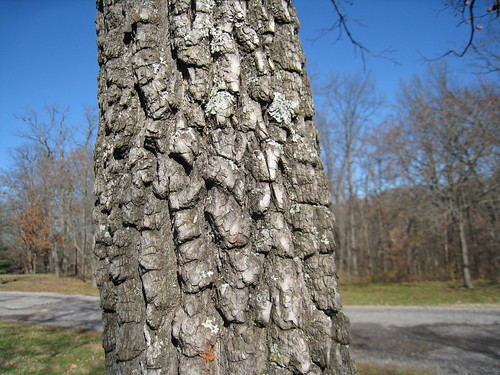 |
| American Bittersweet AMcC |
Spring is a time of easy metaphors for renewal, hope, life. Autumn, well, not so much. Lovely fall colors are cheery, but brief. Just as
Goldengrove is unleaving, a magnificent vine is revealed, covered with clusters of small, shiny red fruits, surrounded by open capsules of orange. We call it
American Bittersweet,
Celastrus scandens. Kurz notes in Shrubs and Woody Vines of Missouri that Celastrus is a Greek name for a tree and scandens means climbing. But how did it get its melancholy English name? Perhaps its autumnal display associates it with the demise of summer, the season of loss.
We humans like to ascribe meaning to natural phenomena. The
albatross symbolizes guilt; the
raven, death; the lark, “
blithe spirit;” bittersweet, remembrance.
The contradictory name has been on my mind, since the furry friend you see in my profile picture died this week. For those who have experienced the death of a dear pet, I don’t need to explain my feelings. For those who have not, I don’t think I can adequately describe it. Instead, I’ll focus on the sweet memories.
Rosie and I went everywhere together for more than 16 years. She accompanied me on many birding trips, though she really preferred chipmunks, moles, and other mammals. She camped with us in the Rocky Mountains one June, and I was surprised to see her barking at two
Gray Jays. She didn’t usually pay attention to birds. Then I saw one dart in and snatch a bit of her fur while the other stole a kibble from her bowl.
 |
| Rosie the Fishin' Dog AMcC |
My brother-in-law called her “the fishin’ dog.” Her favorite spot was the tiny pond in my back yard. I keep a few goldfish there to eat mosquito larvae, and once she spotted them, she wanted them. She tried to catch a fish every day of her life and never succeeded. Far from being discouraged, she came back to the job fresh every time. She spent so much time in the water that one summer I had to take her to the vet for swimmer’s ear.
Like a true a
terrier, she was independent. She seldom asked to sit in my lap as I watched TV, but she did like a good nature show now and then, especially if there were bears to bark at. When she was a puppy, she sat up on the bed while I watched
Turner and Hooch; starring the tidy detective Tom Hanks and the untidy Dogue de Bordeaux named Hooch. She barked and jumped and generally went nuts every time Hooch came on the screen. That video was like a Jane Fonda exercise tape for Rosie.
If you grow bittersweet in your woodlot or on an arbor, be sure you get the native variety, not
Celastrus orbiculatus, Round-leaved or Asiatic bittersweet. The fruits of Round-leaved bittersweet are less showy, and the plant is aggressive. As the name suggests, the easiest way to determine if the vine is native to the US or an invasive invader is the shape of the leaves. American bittersweet’s leaf is not round, but an elongated oval with a pointed tip. Sweet as they are to look at, the fruits are poisonous.
